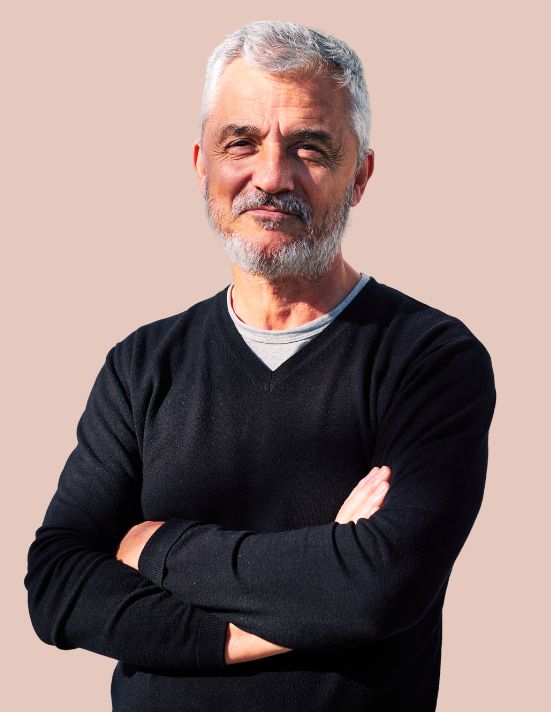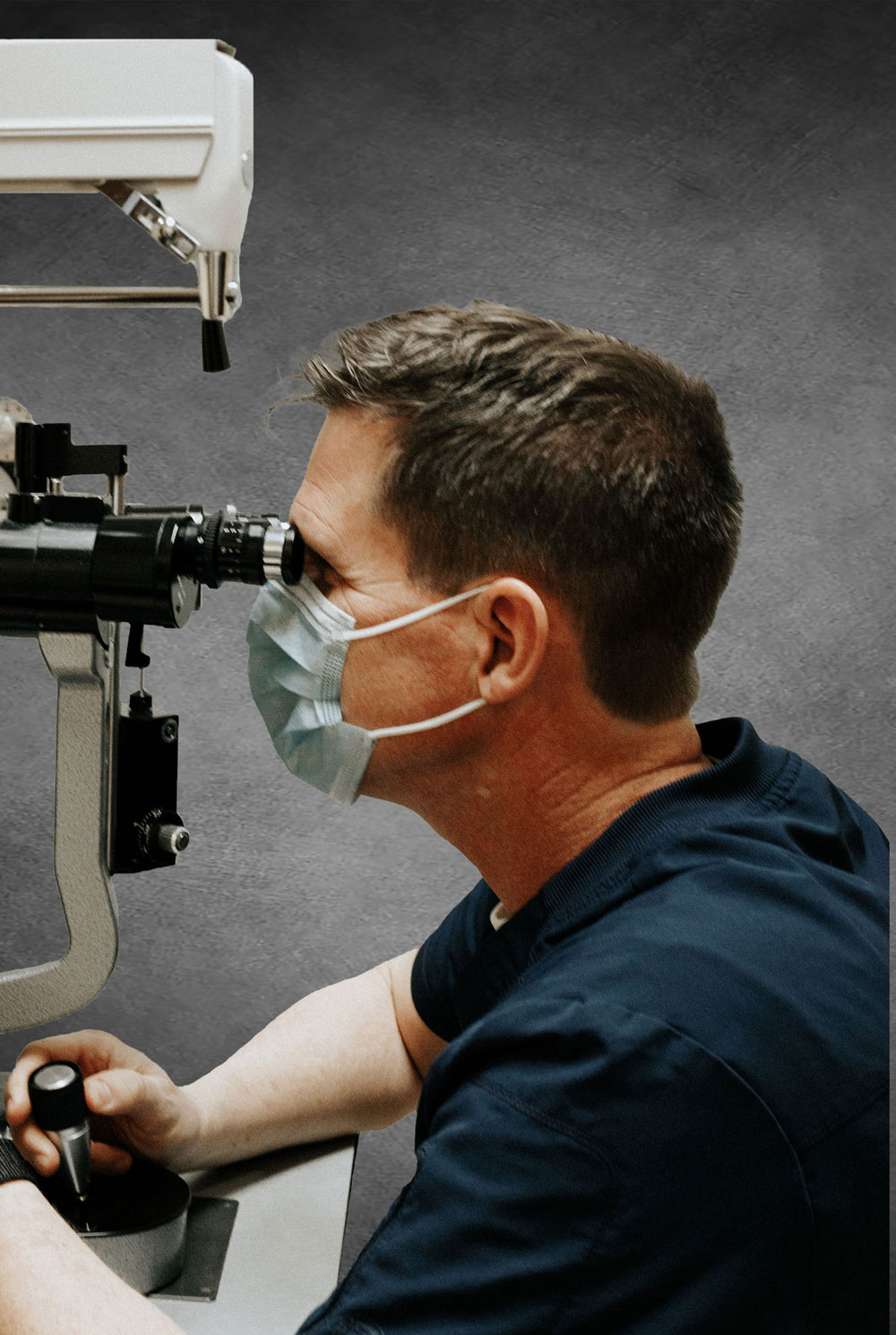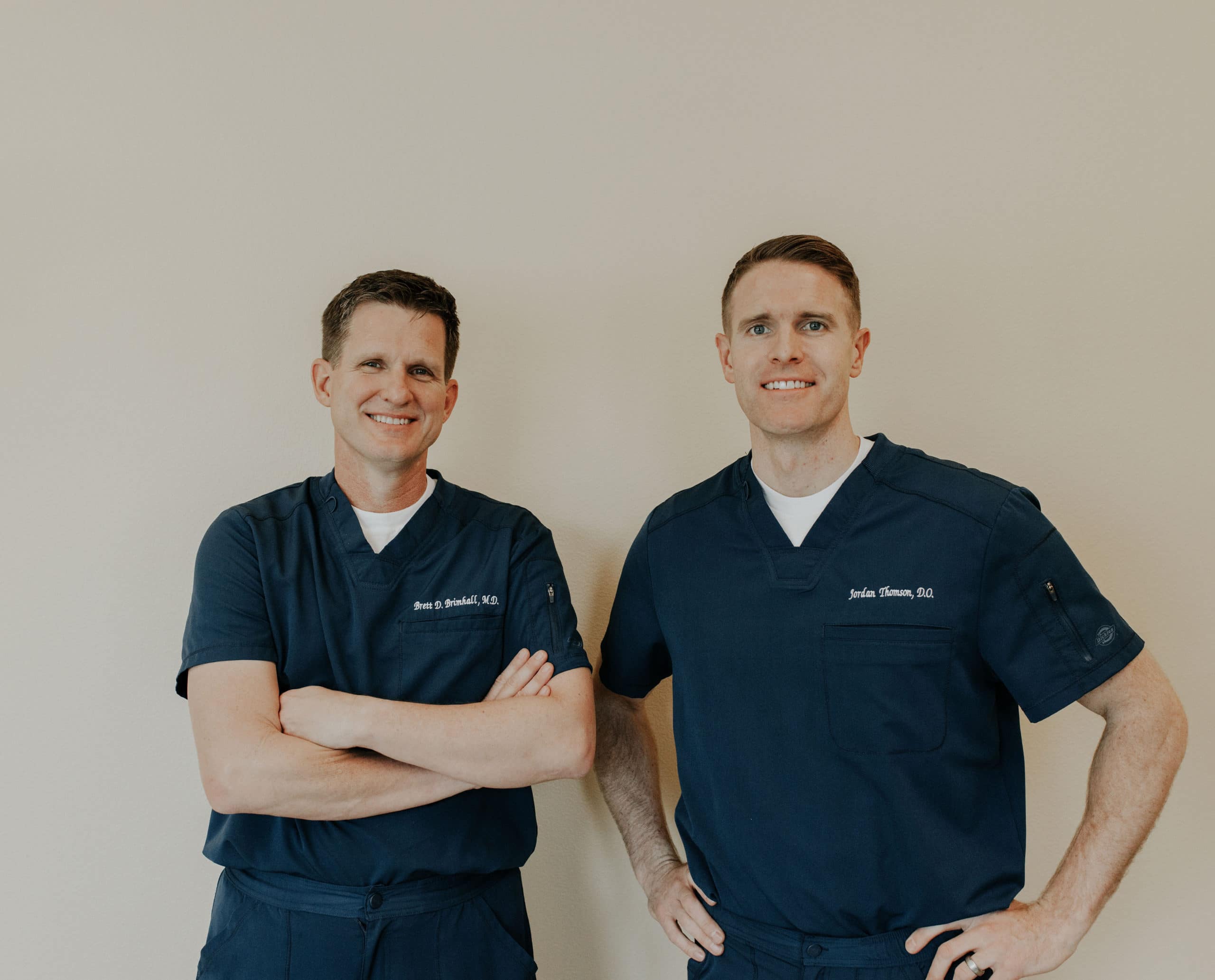Dropless™ Cataract Surgery in Las Vegas
Deciding between Dropless cataract surgery and traditional cataract surgery can be tough. Dropless is a really good option, and it offers a simpler recovery for most patients. Contact us today to come in for a cataract surgery appointment.
Best in Eye Surgery | Best in Eye Care








